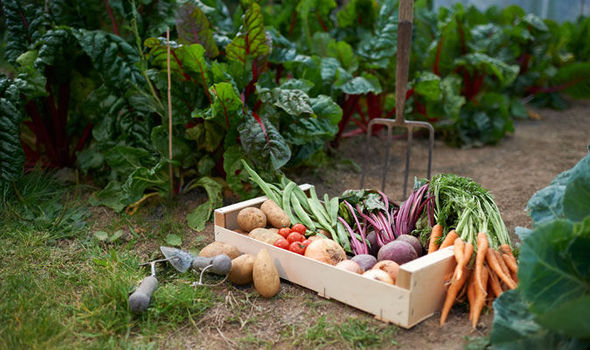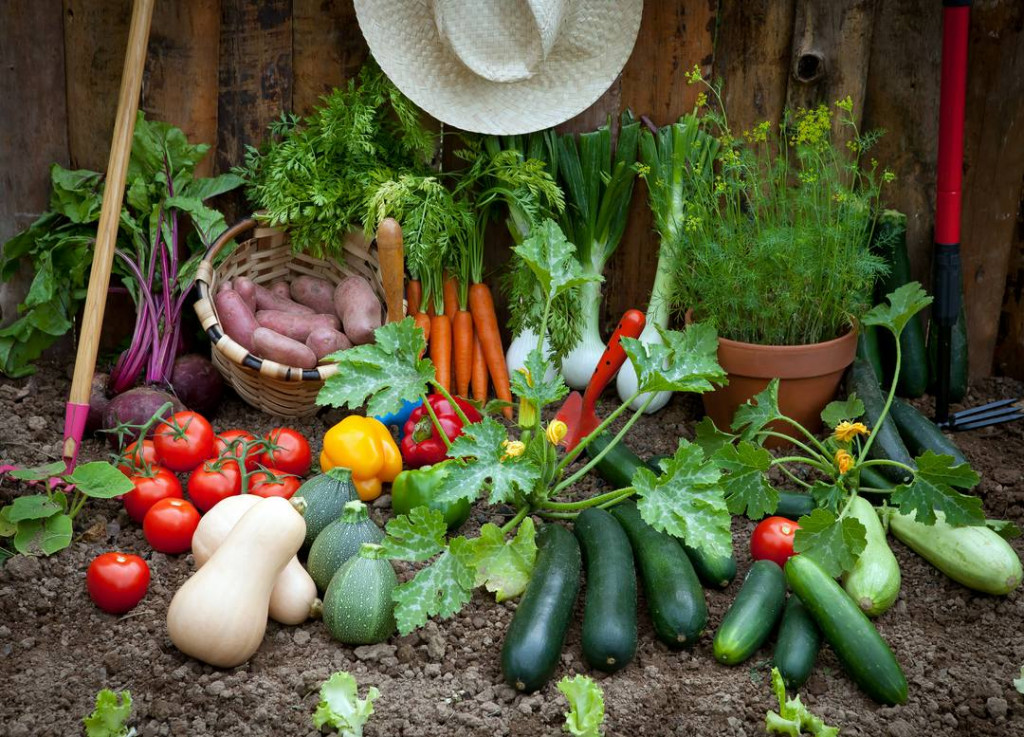1. Find the right spot – When it comes to growing…from flowering plants to fruitful vegetables, location is
TOP TIPS:
- Find a spot that’s sunny – 6 hours or more is ideal.
- Be sure your space either has good soil, or that you’re prepping the soil appropriately (more on that later).
2. Decide what to grow – First of all, you need to make sure you’re planting the right crops in the right season.
TOP TIPS:
- Tomatoes won’t do well in colder weather, and greens, broccoli and baby carrots are great cool weather crops.
3. Test your soil – Test the pH and nutrient-levels of your soil.
TOP TIPS:
- You can get an inexpensive soil testing kit online or at your local hardware store.
- The optimal pH for your vegetable garden in 6 – 6.5. But don’t worry if your results vary from that.
- There are additives you can use to increase (adding sulfur) or reduce (adding lime) acidity.
4. Prep your garden beds – Once you’ve tested (and corrected, if need be) your soil, it’s time to prep your space. You can do this in a few simple steps.
TOP TIPS:
- Till your soil to loosen it.
- Add in compost and any other additives, work them into the soil gently. Avoid packing the soil down after this step.
- Using a rake or the edge of a hoe, level and smooth the soil.
- Check your soil temperature. This is as easy as it sounds – using an insta-read thermometer, check the soil temp. Ideal temperatures will depend on your crops and zone you live in. Check out Gilmour’s cool map of growing zones for more info.
5. Plant – Now comes the fun part. Planting!
TOP TIPS:
- Be sure to leave even spaces between plants, and generally rows work best.
- Use high-quality seeds if starting from seed, or plants that look healthy and have strong stems if using starts.
6. Feed and fertilize – Check the label on your seed packets or the plastic or peat container your starts came in for information on feeding and fertilizing.
TOP TIPS:
- Be careful not to over-feed or over-fertilize.
7. Water regularly – Be consistent with your watering schedule.
TOP TIPS:
- A good, deep soak (about 1” per week, again depending on your zone and climate) is better than frequent shallow watering.
8. Watch for diseases and pests – Disease and pests are common nuisances in your vegetable garden. Keep on top of both by regularly inspecting your leaves, soil and blooms.
TOP TIPS:
- You can treat both with all-natural, non-toxic solutions (our preference when possible) or with chemicals and other treatments.
- Take care to follow directions and read labels before using any chemicals around plants that produce edibles.
9. Weed – Weeds will compete for light, moisture and nutrients in the soil, and invasive ones will have no problem completely taking over your garden.
TOP TIPS:
- Pull and dispose of competitive weeds asap!
10. Harvest – Time to yield your bounty! Enjoy fresh produce all season long by following these tips and steps to starting a veggie garden from scratch!
TOP TIPS:
- Regular pruning and harvesting actually encourages more growth on most vegetable plants.


